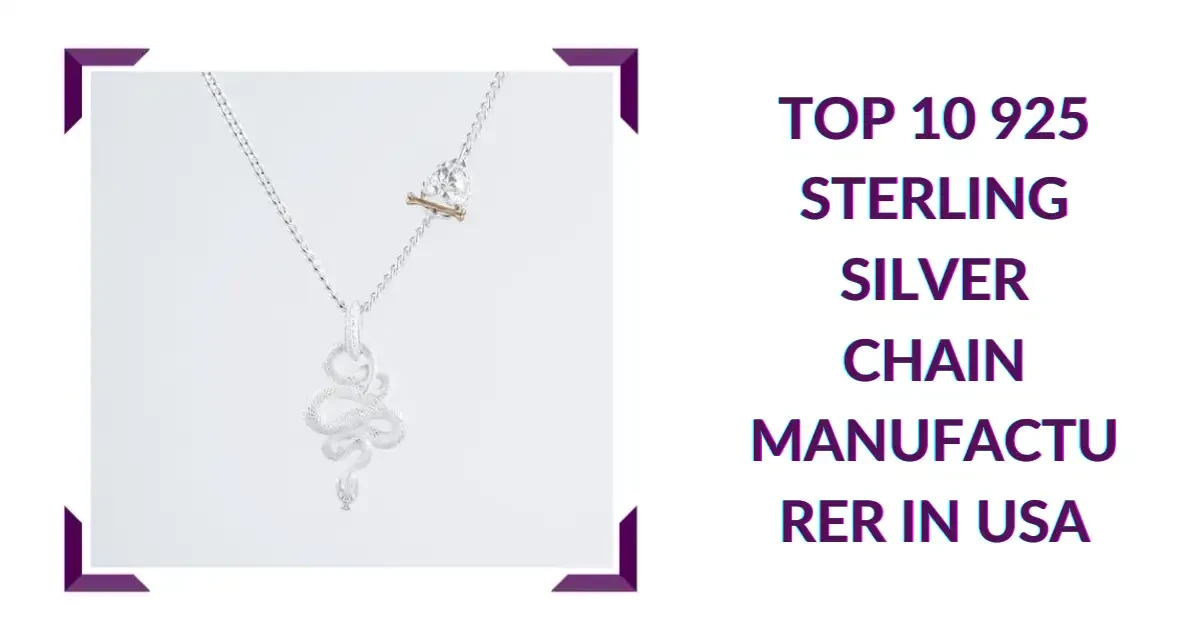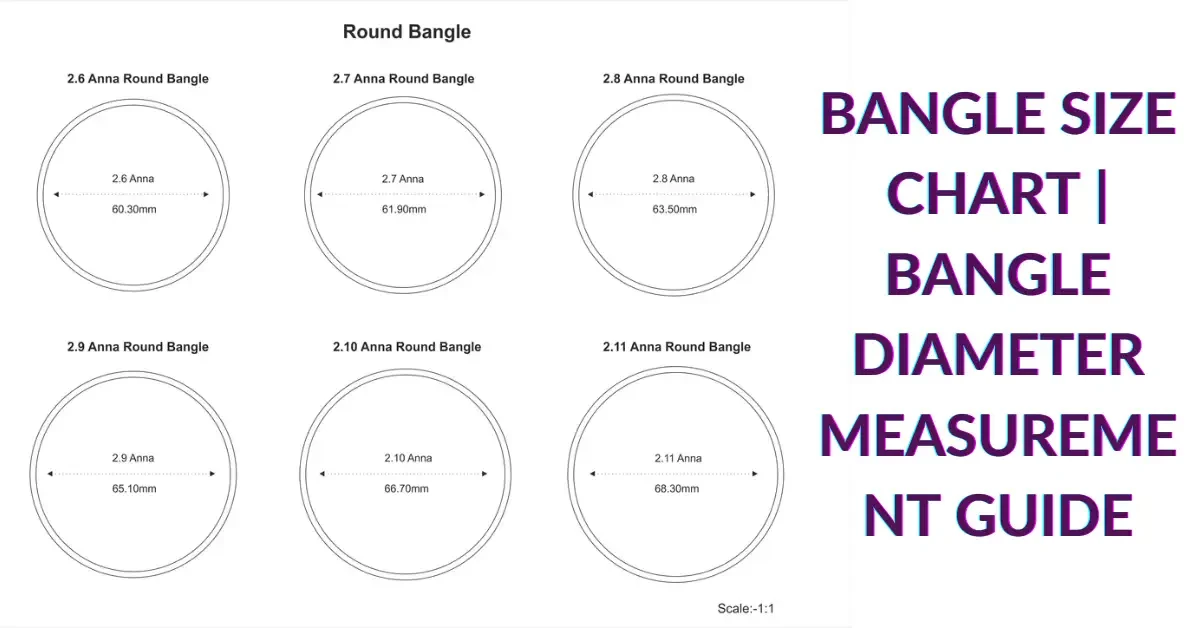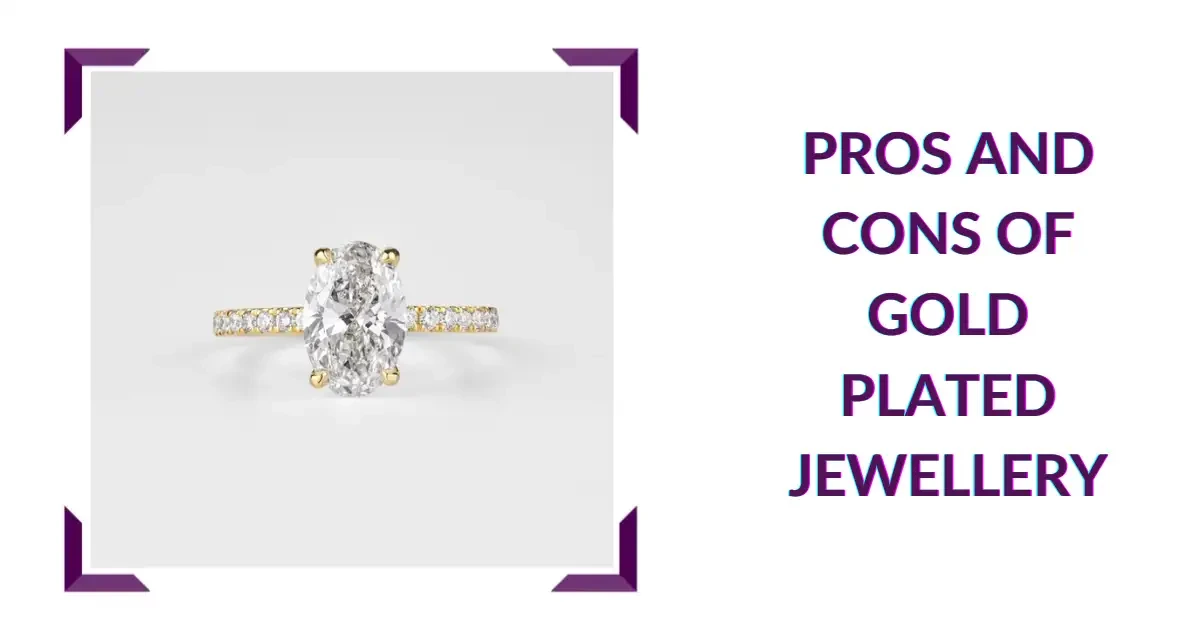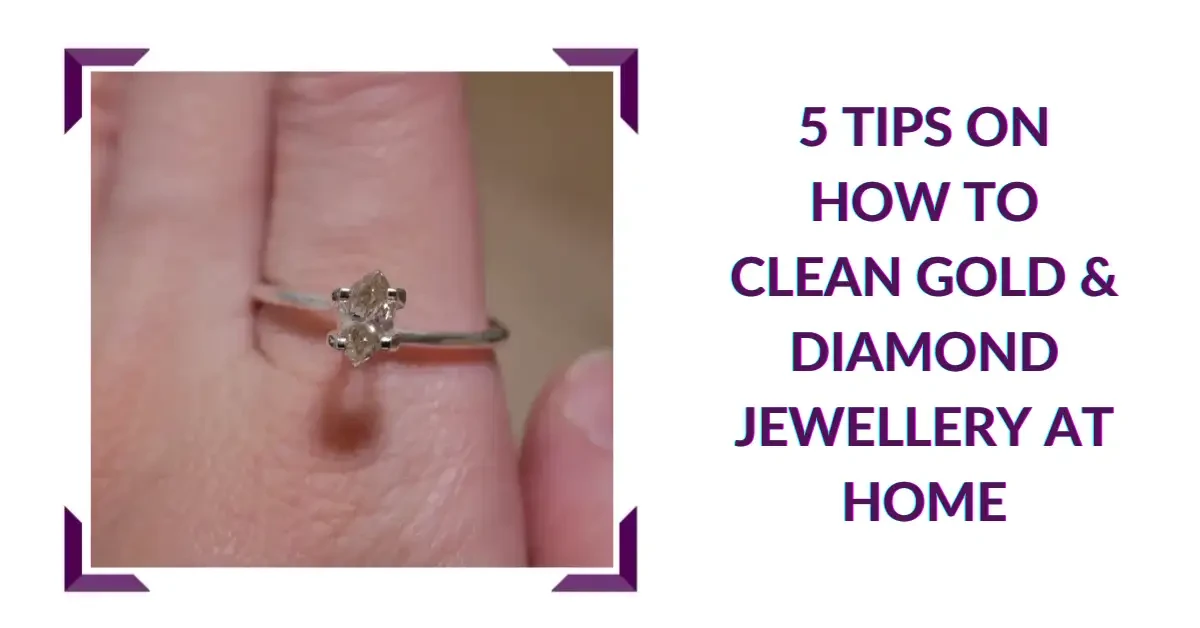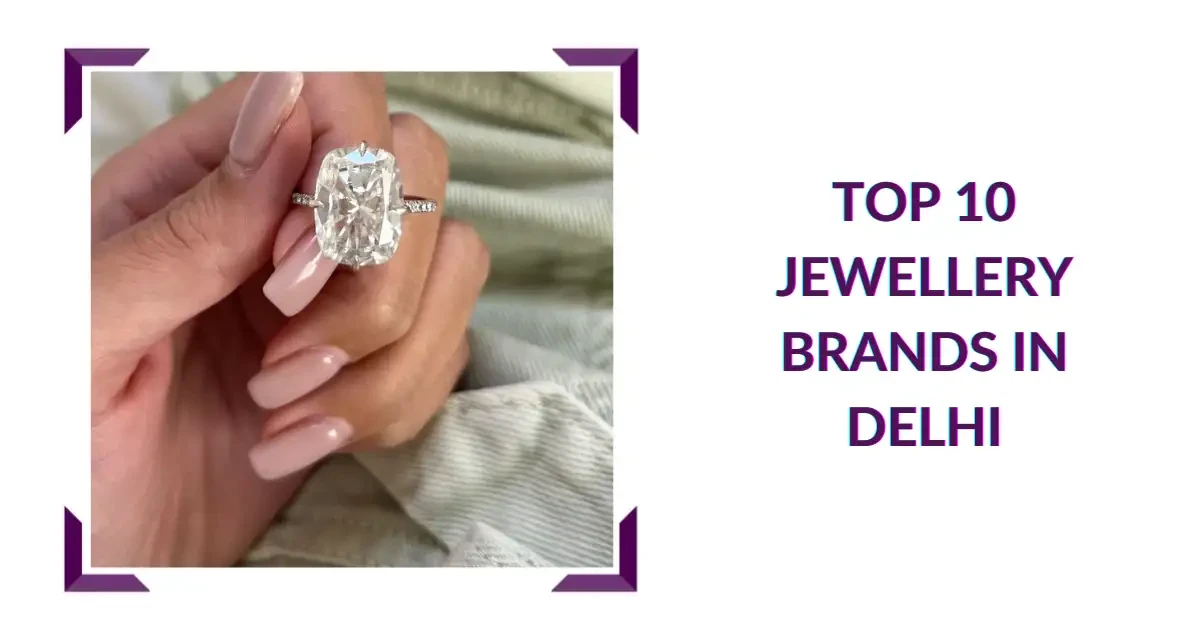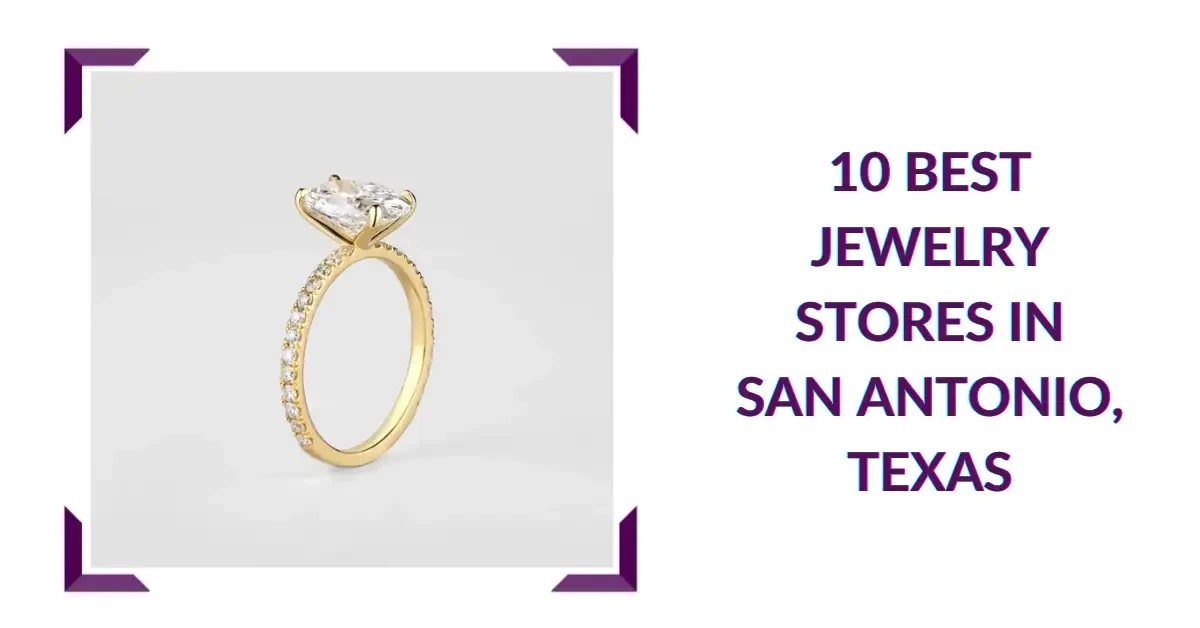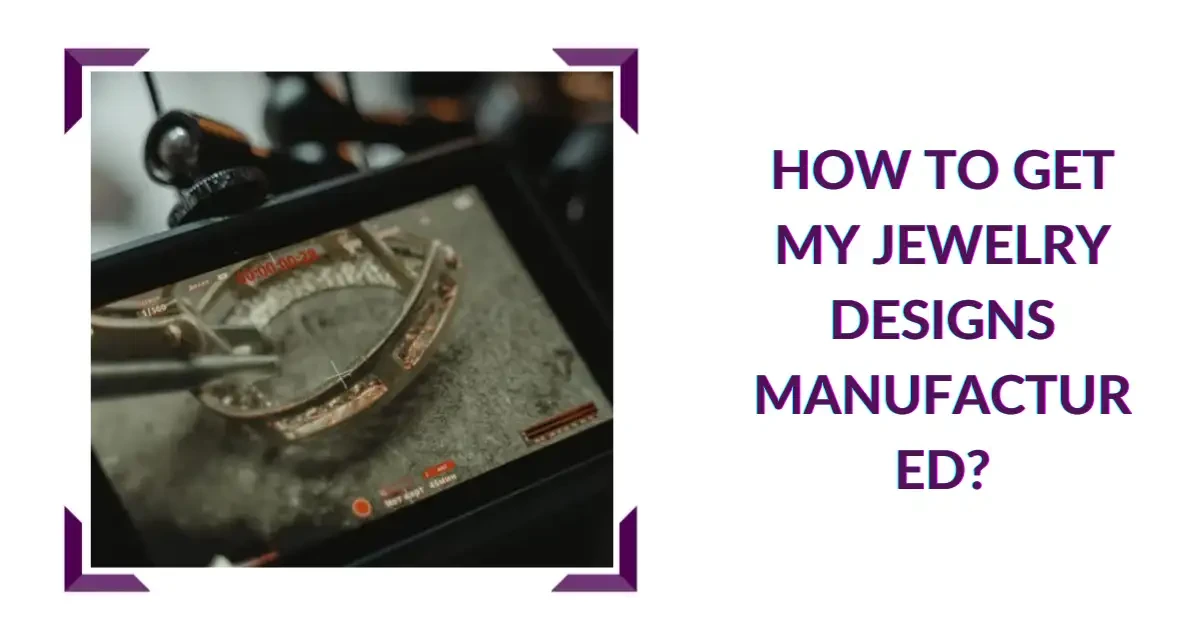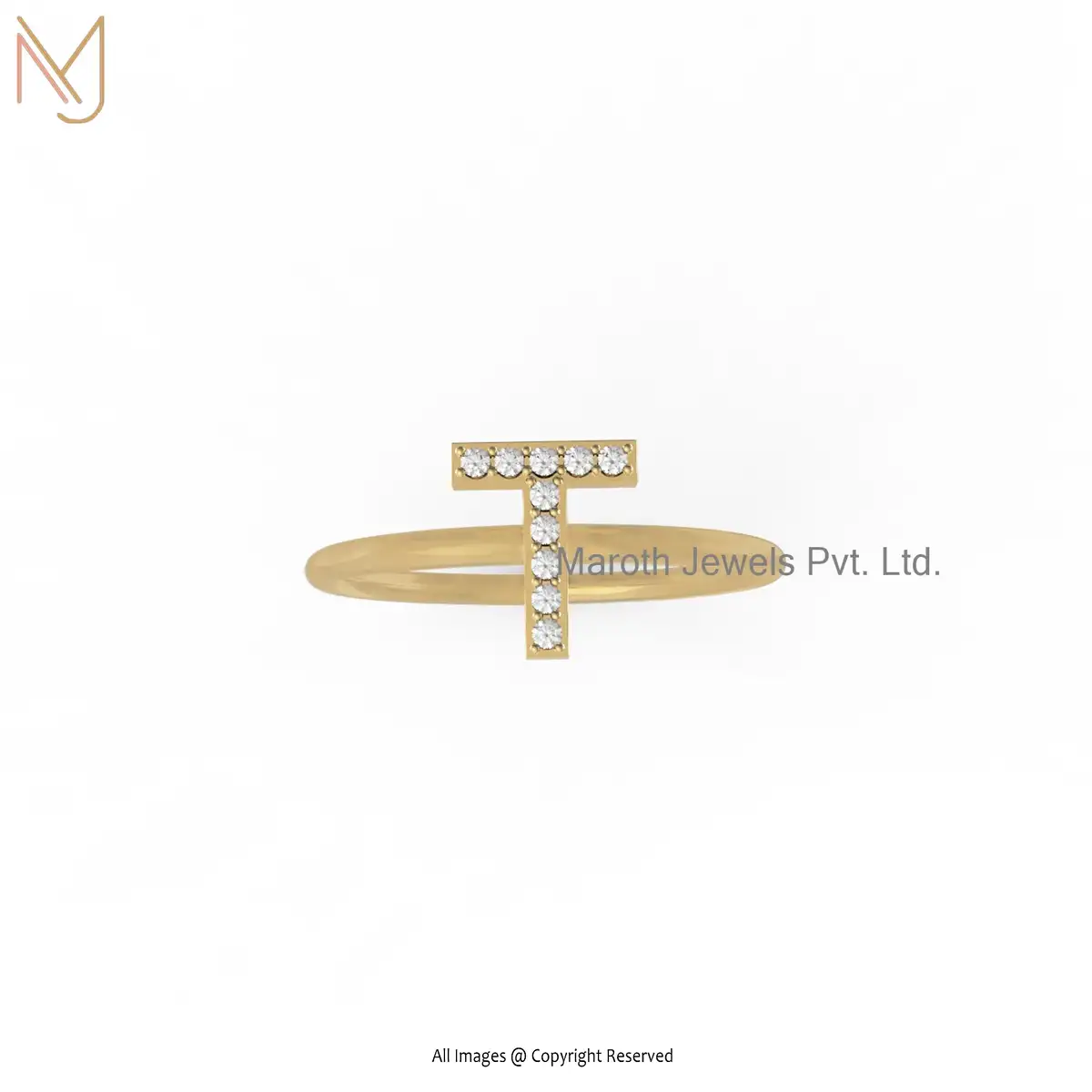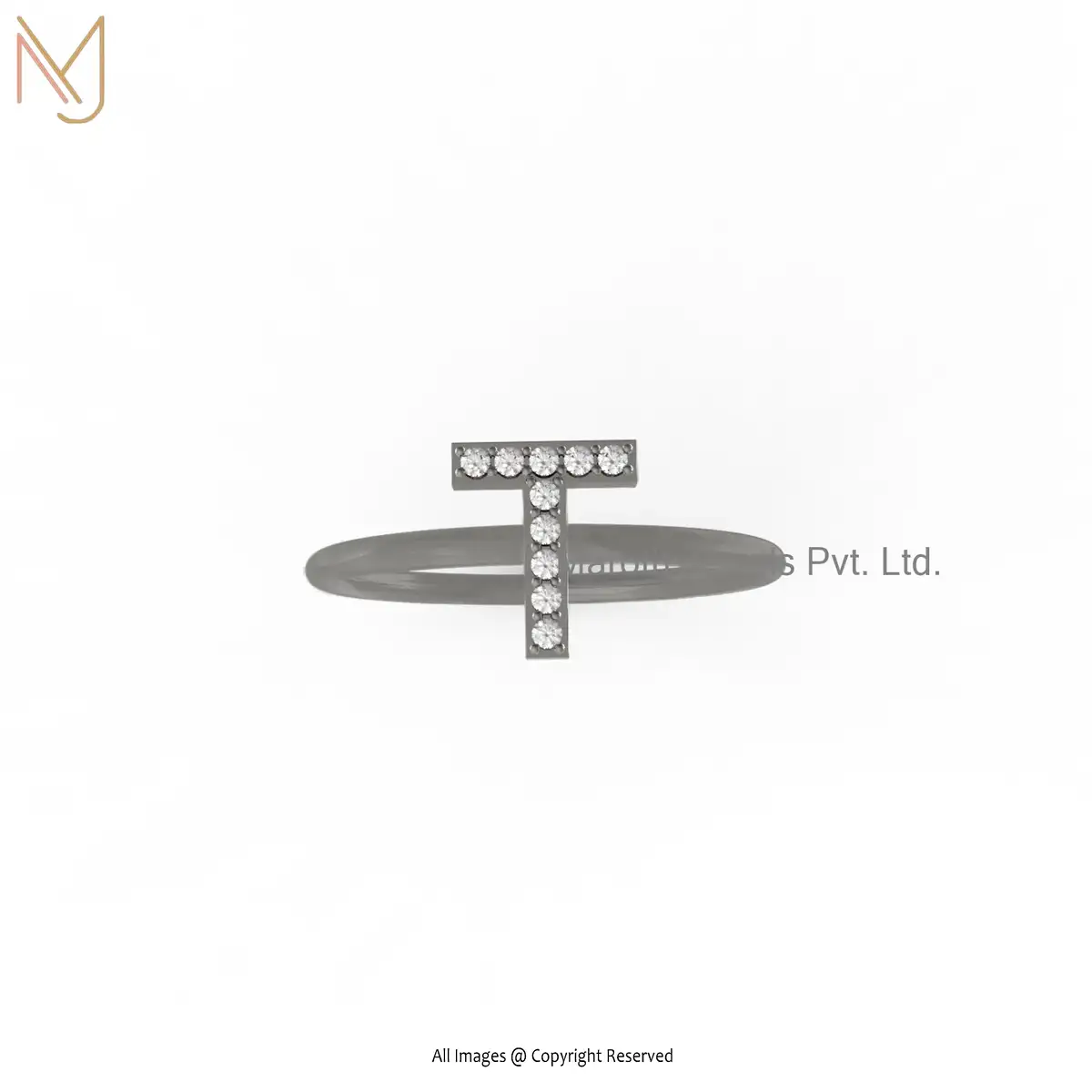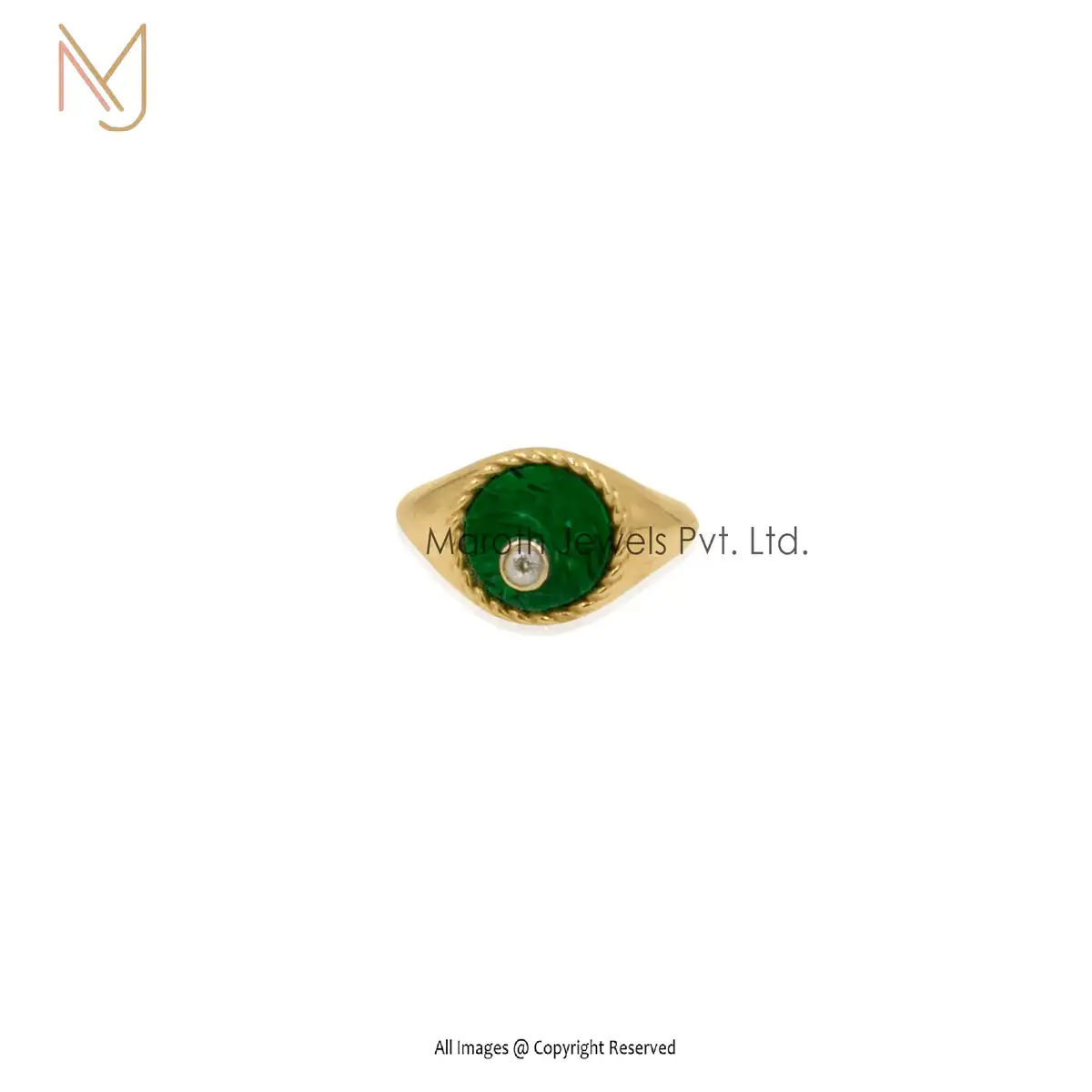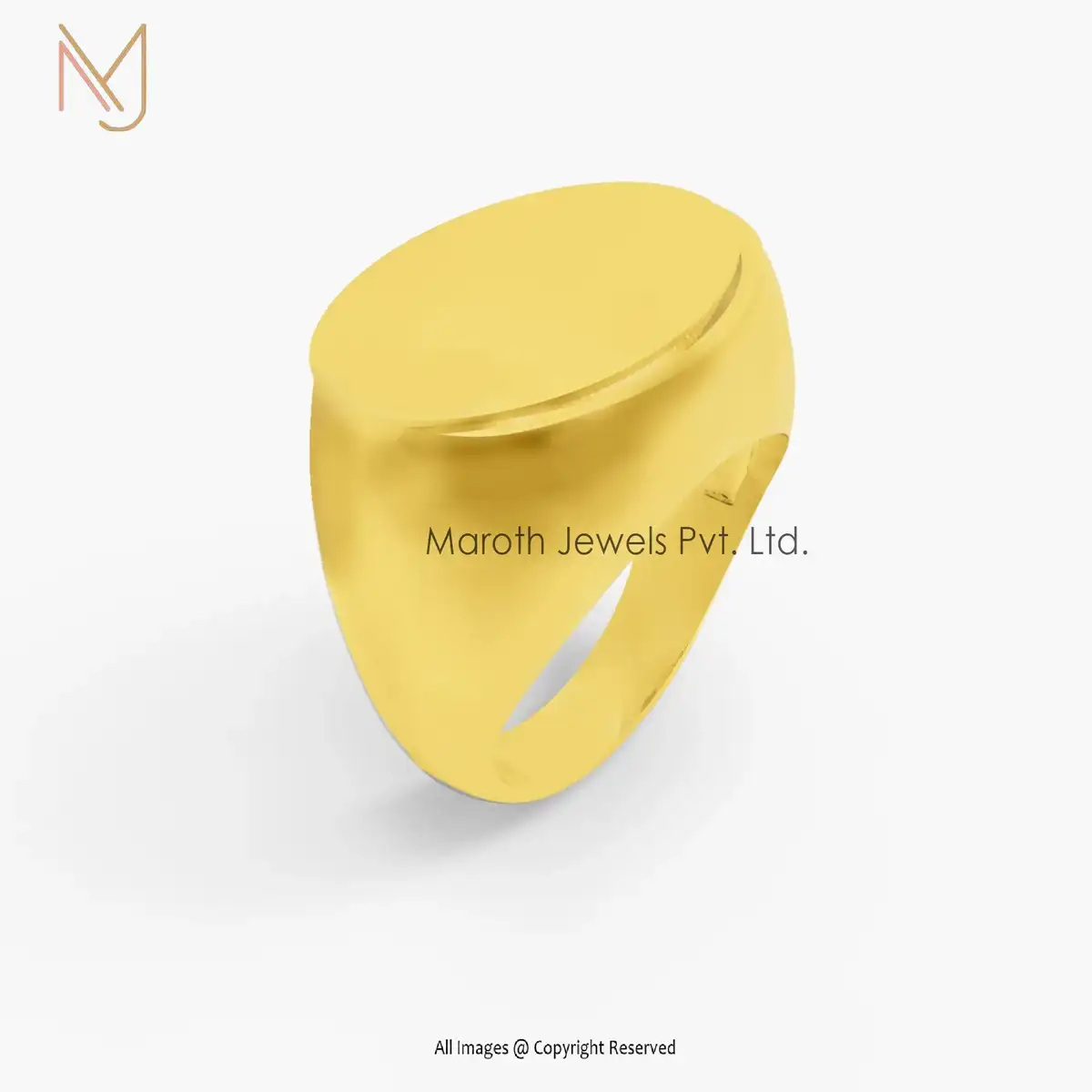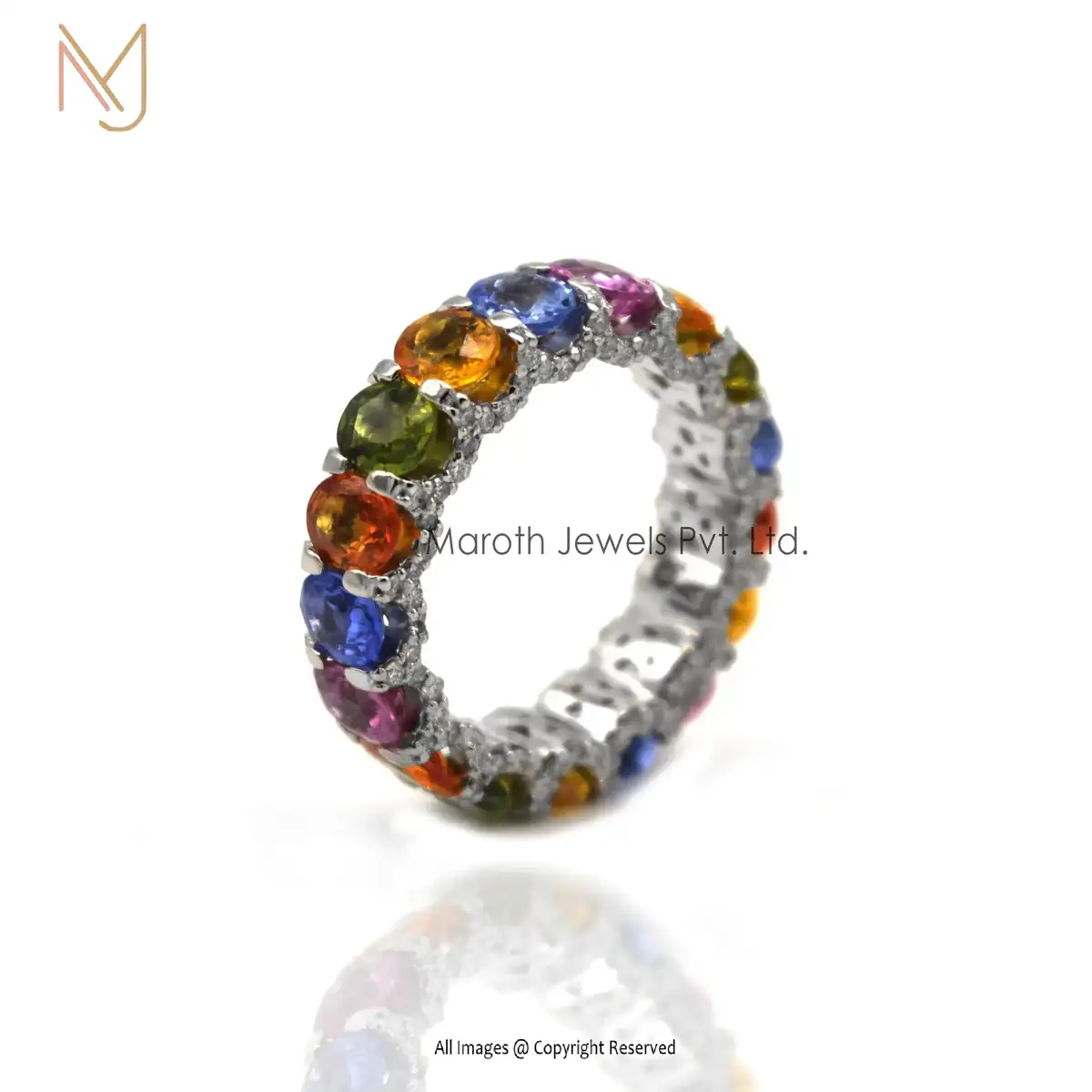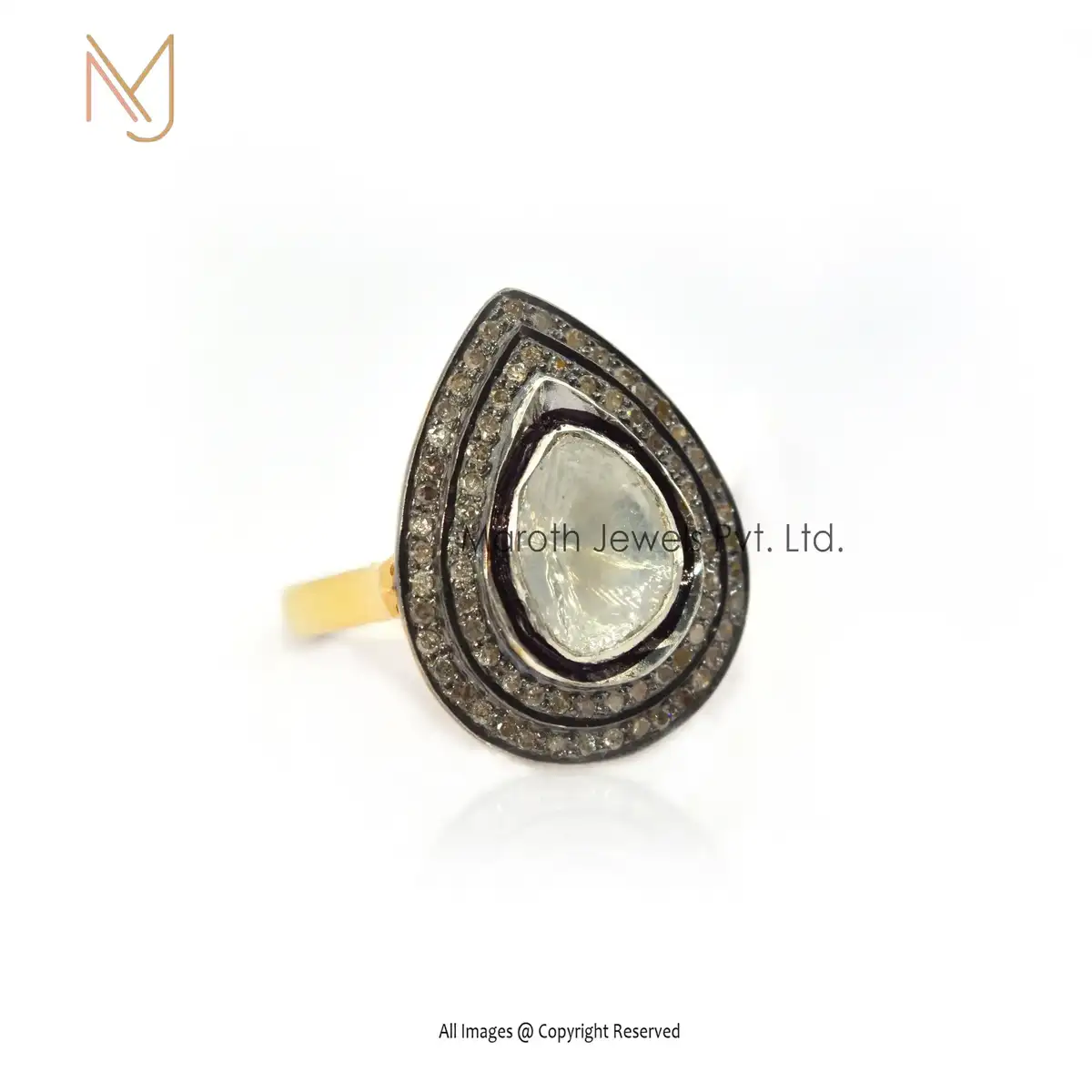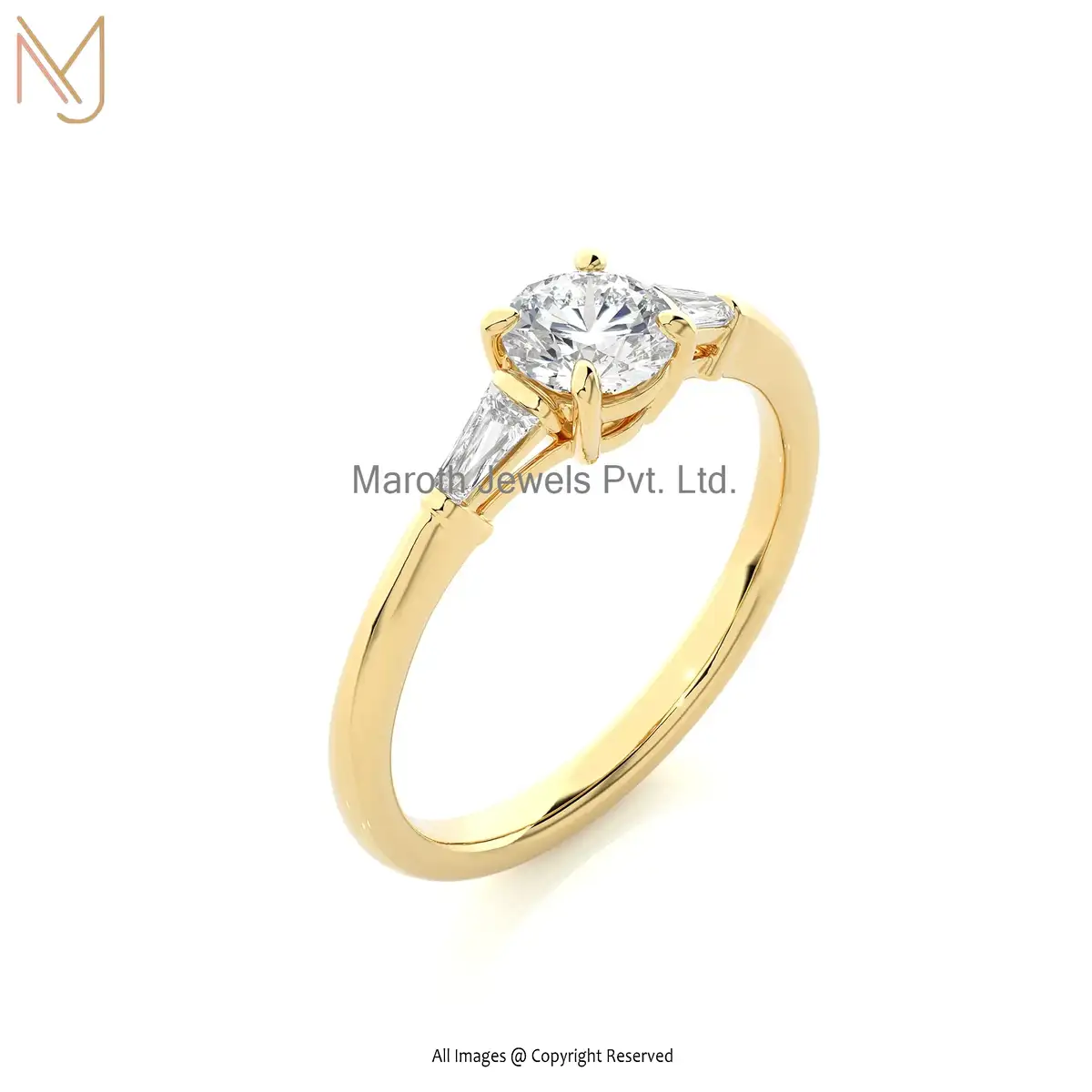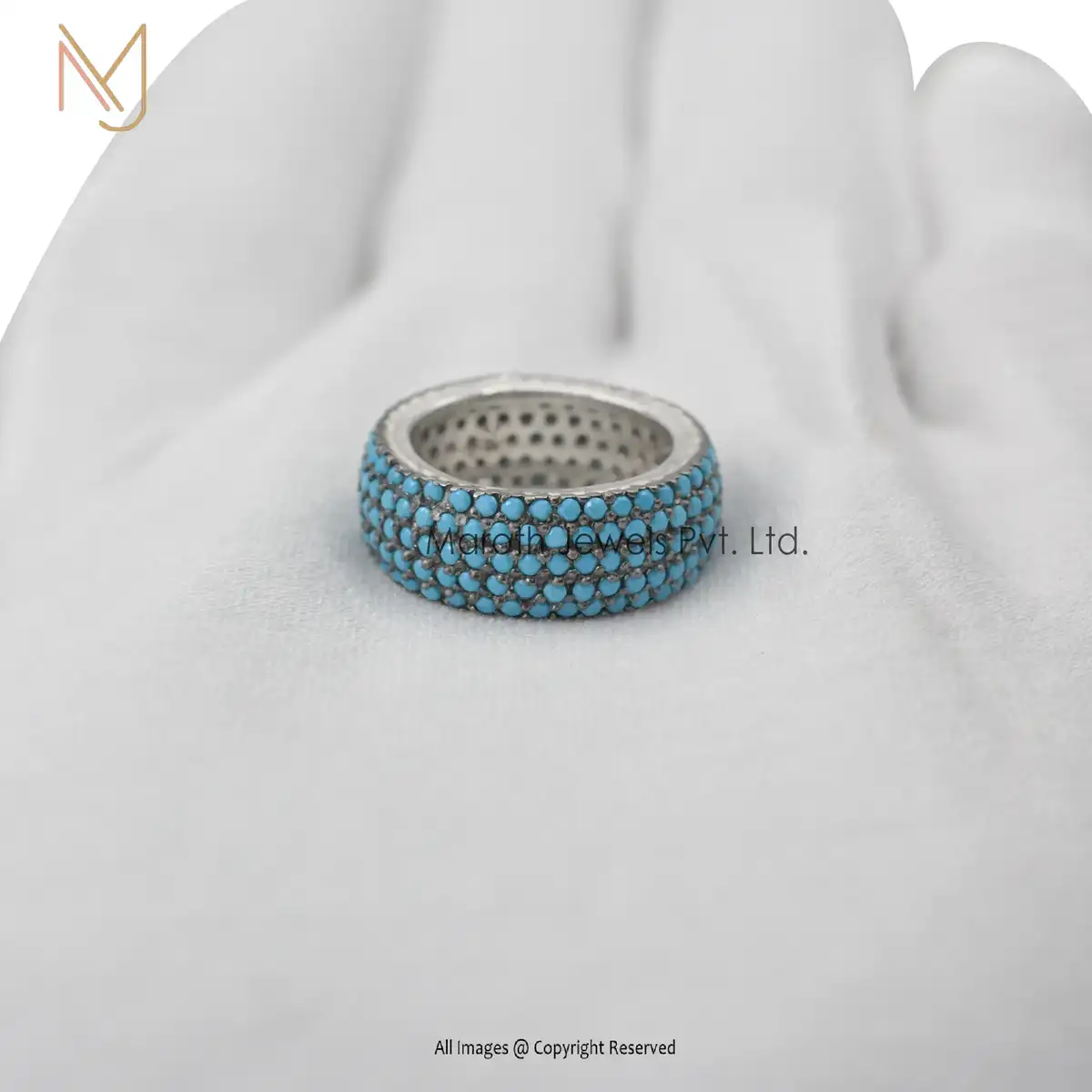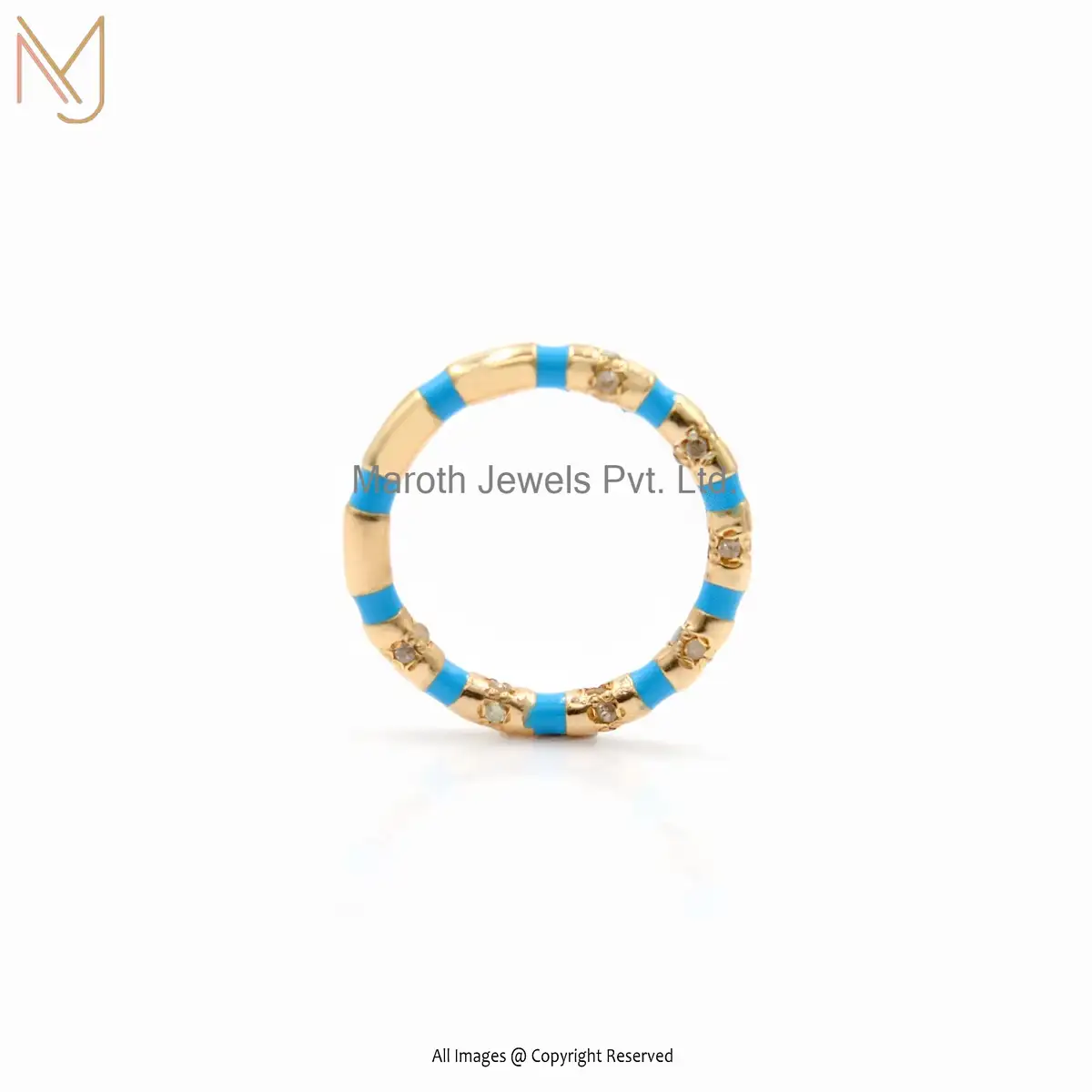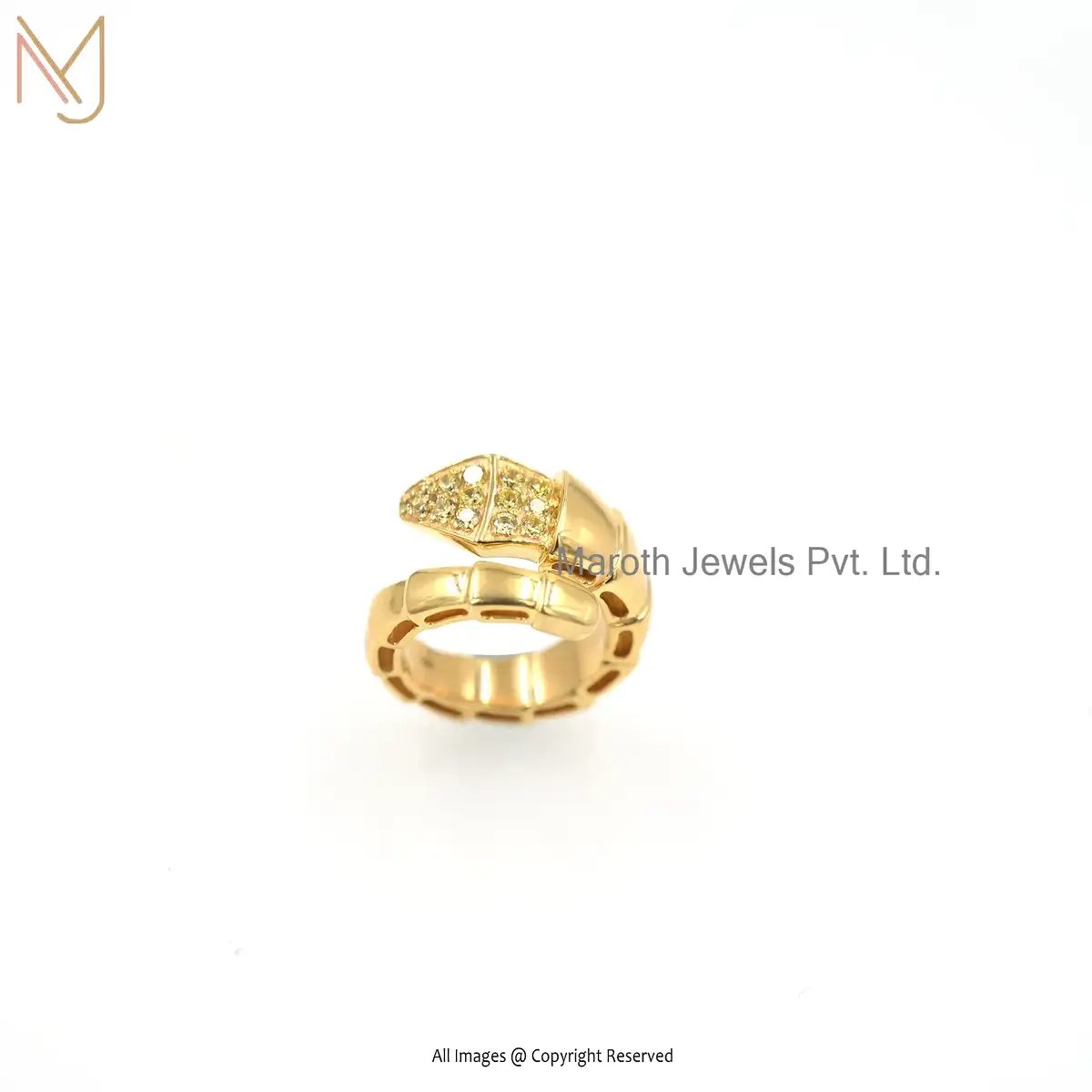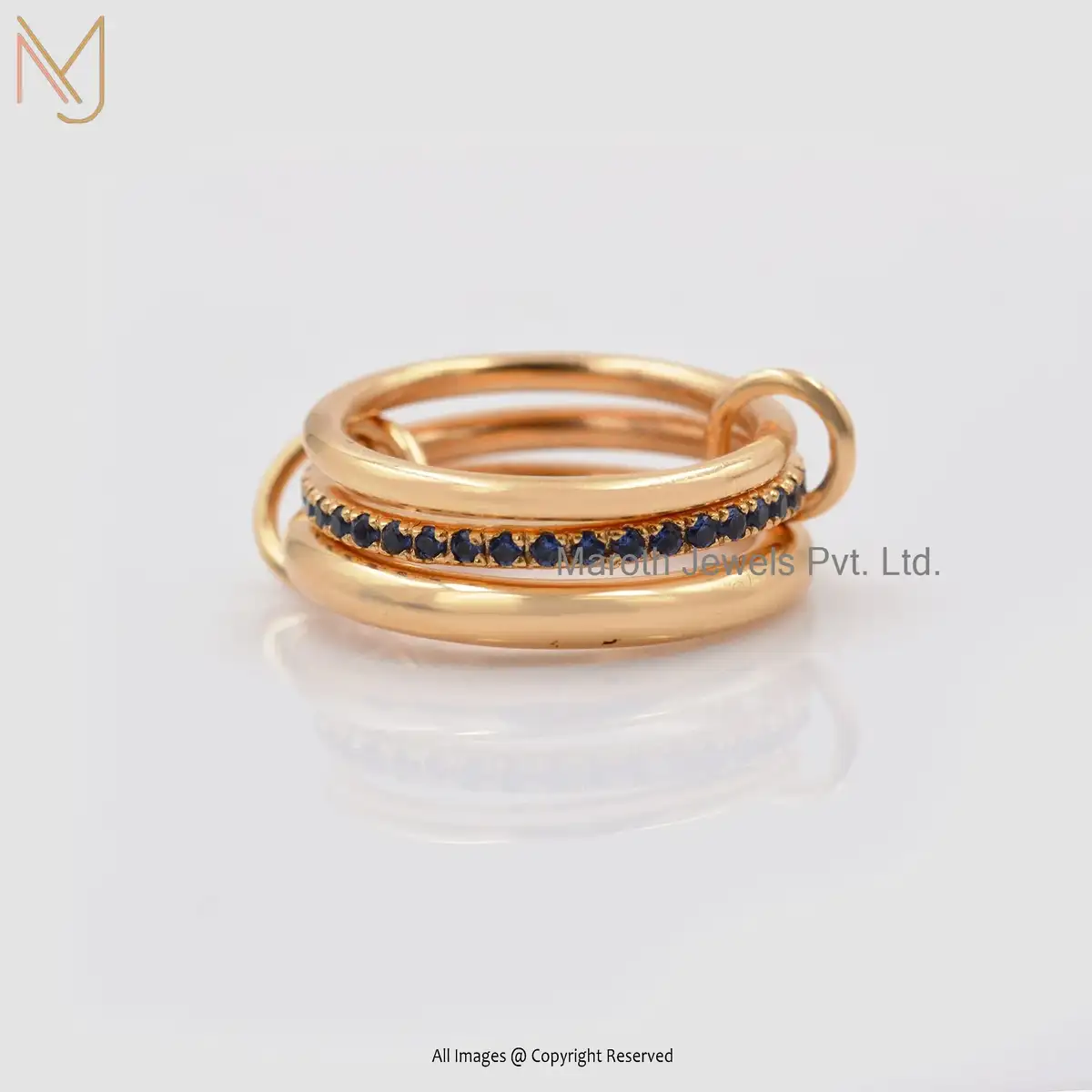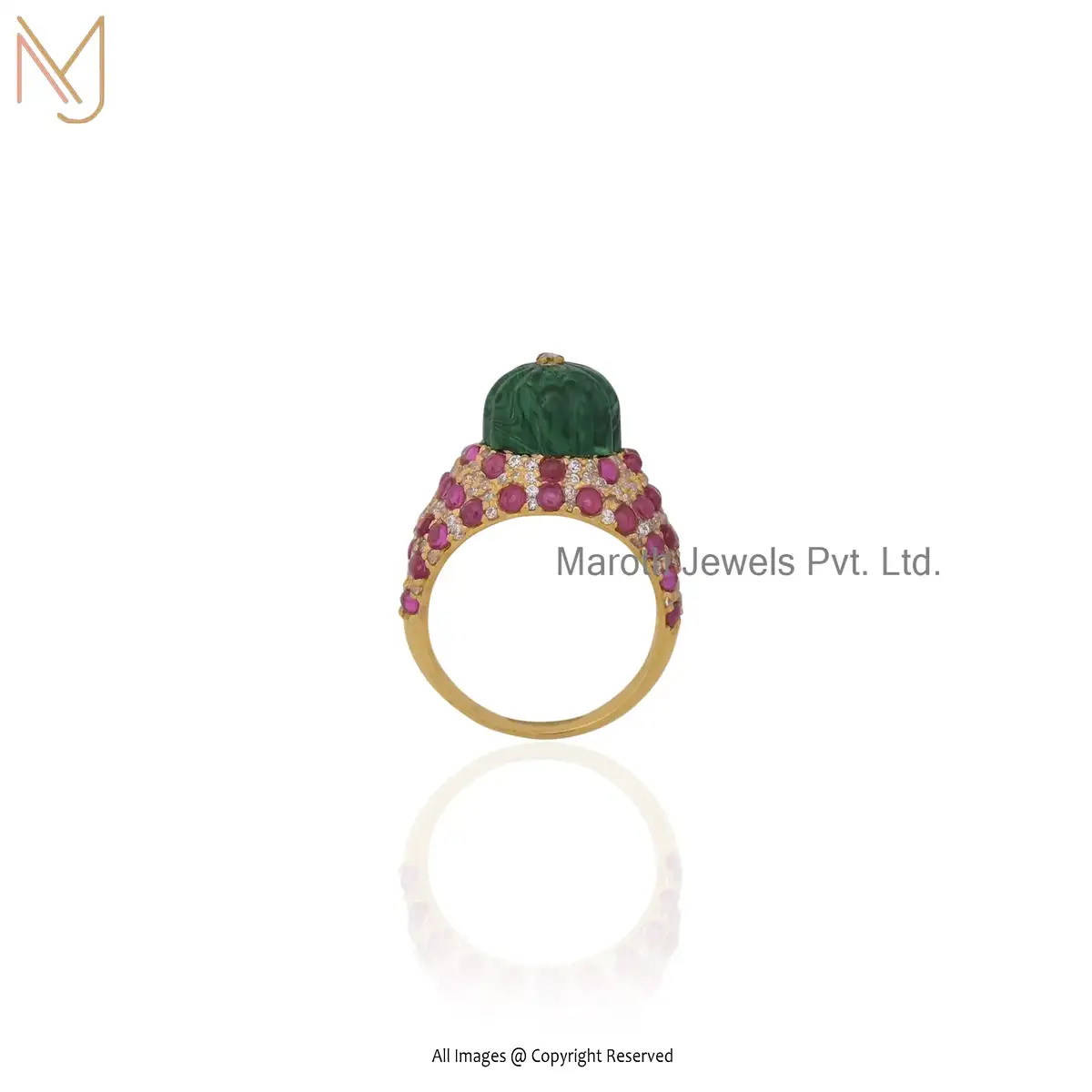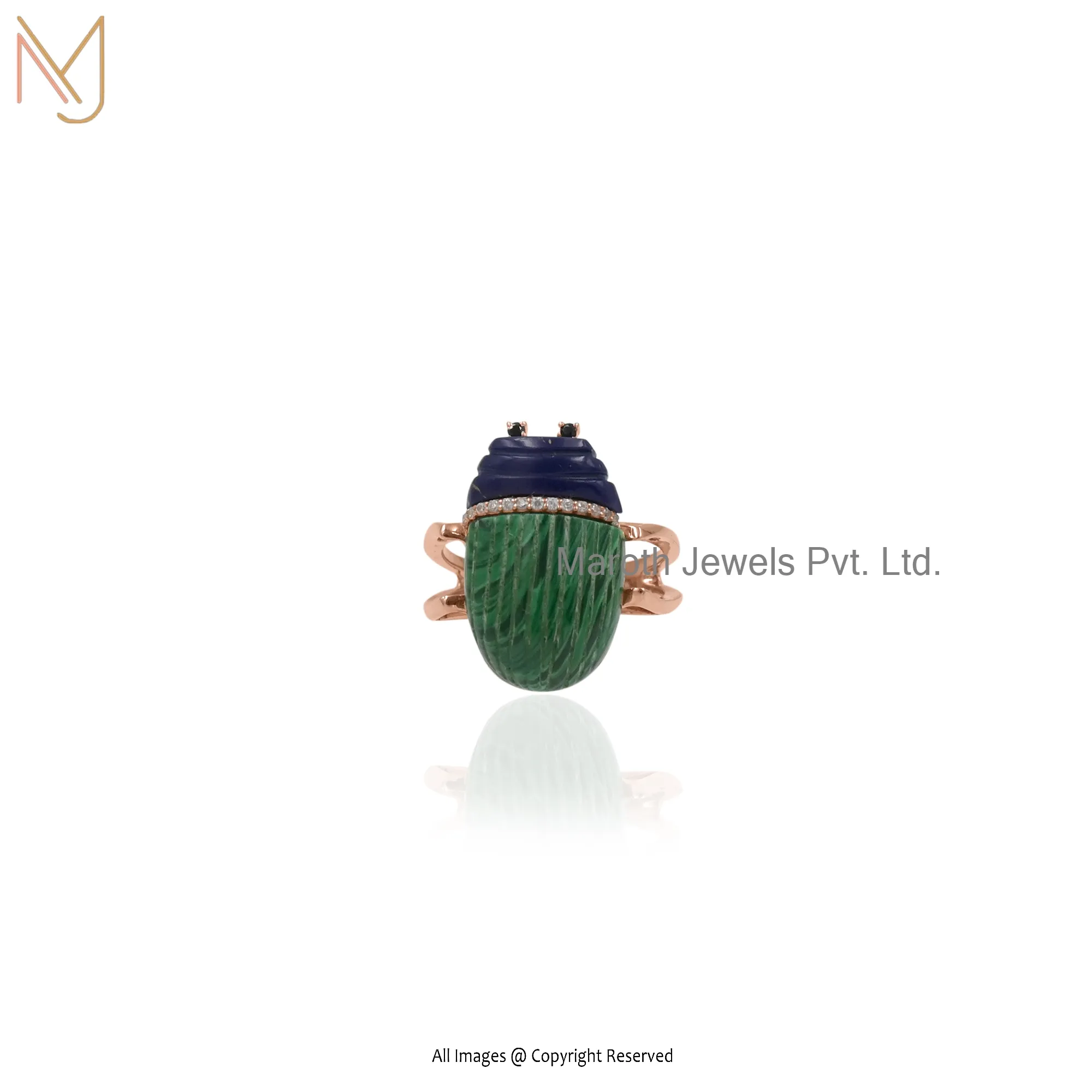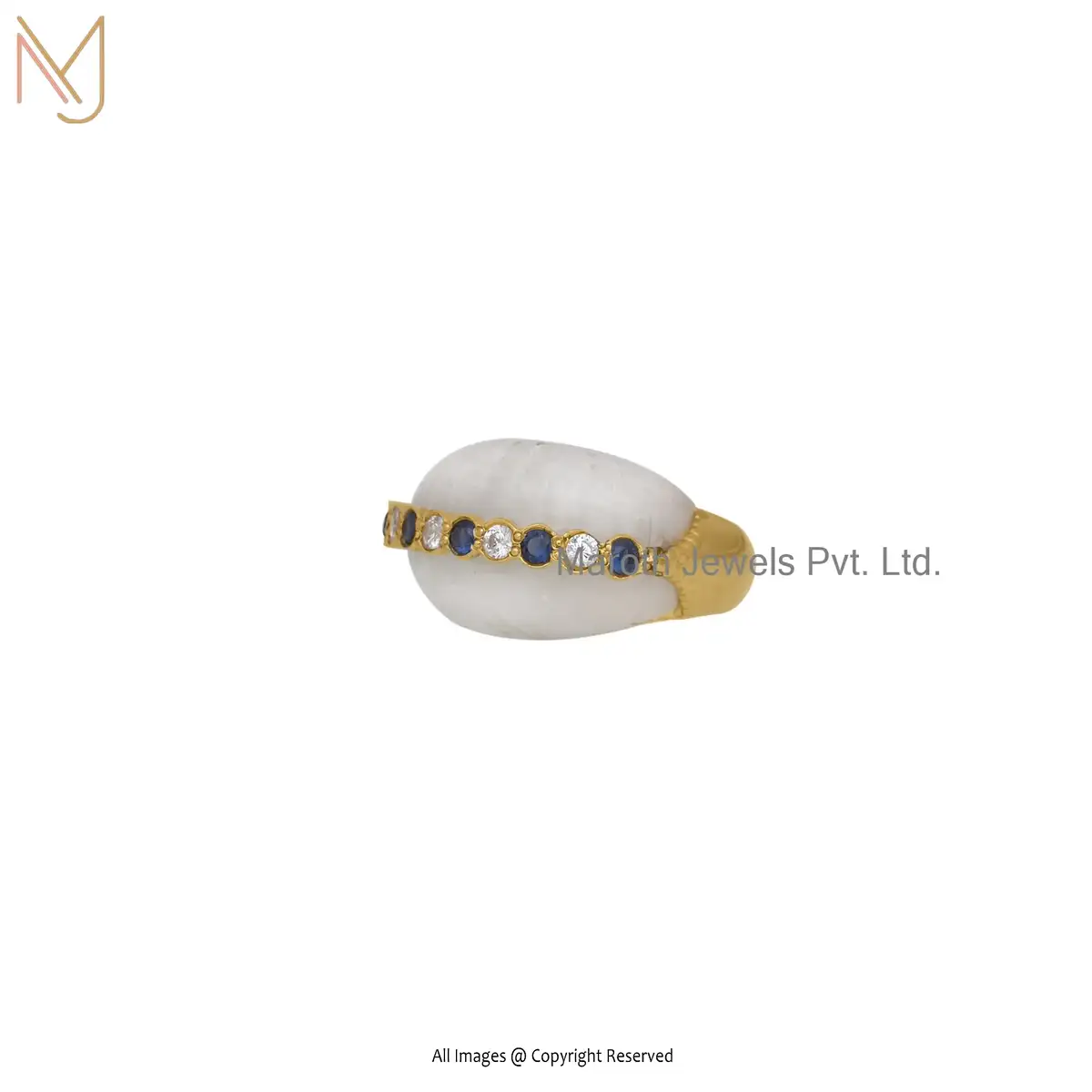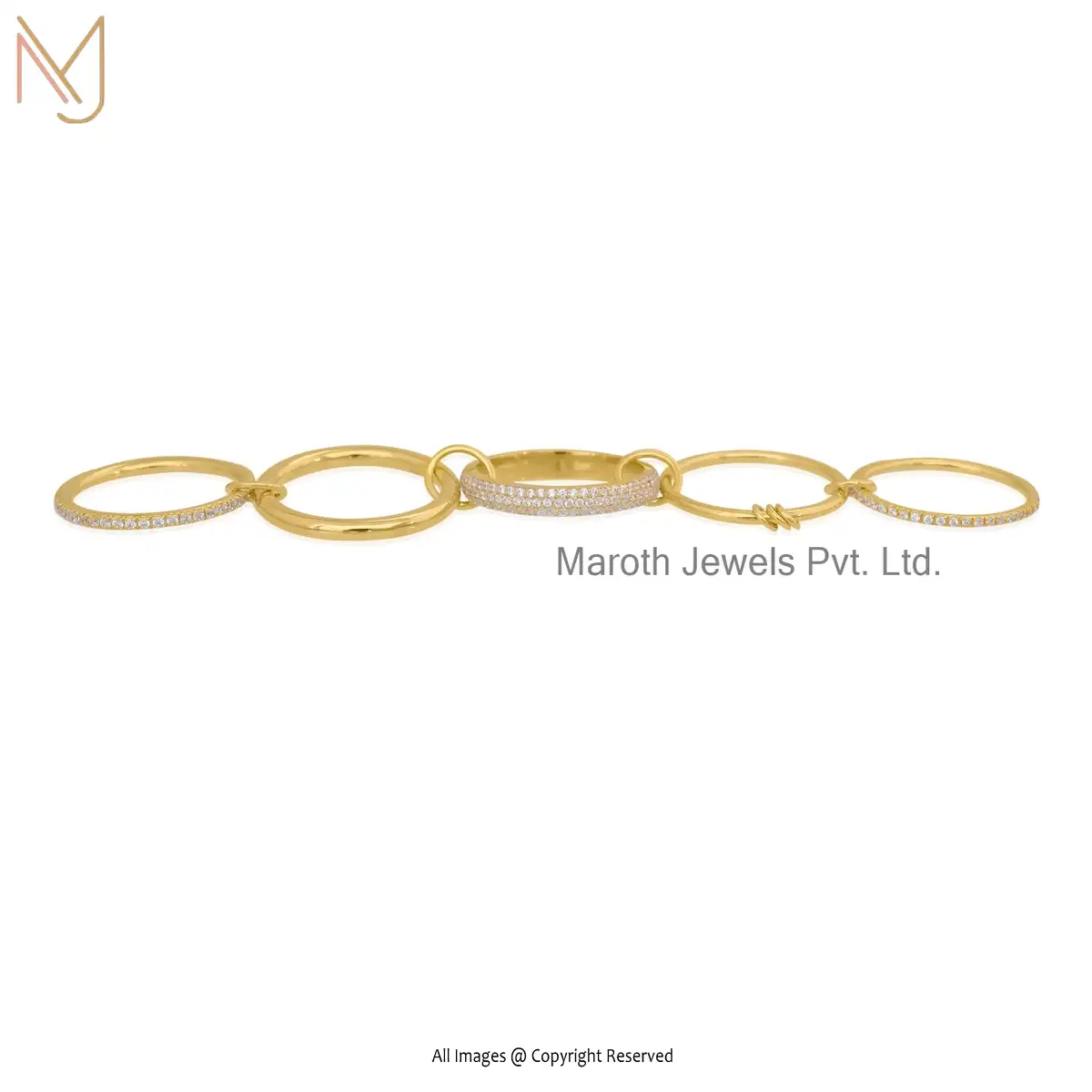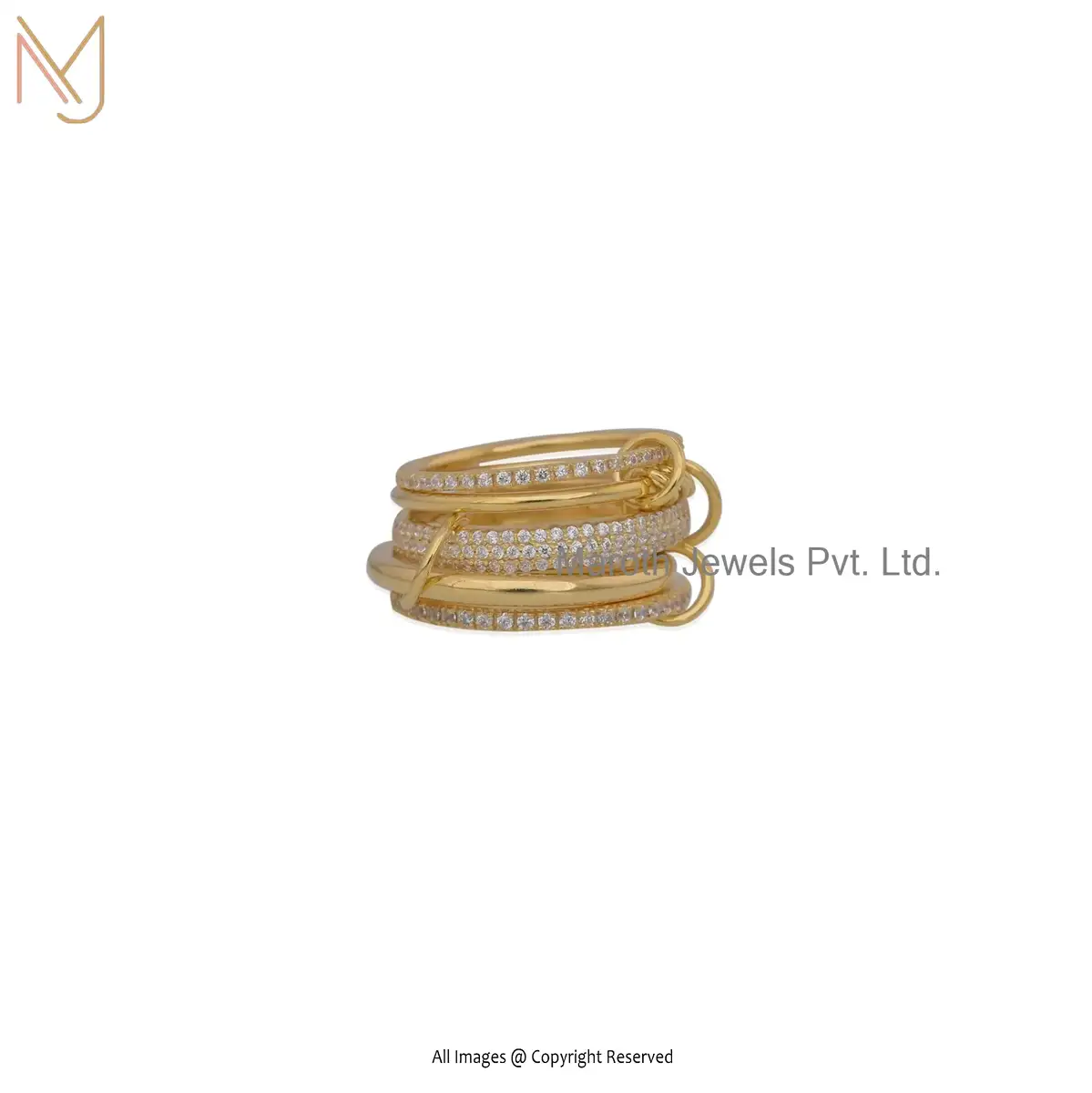How to Pricing Jewelry for Wholesale and Retail?
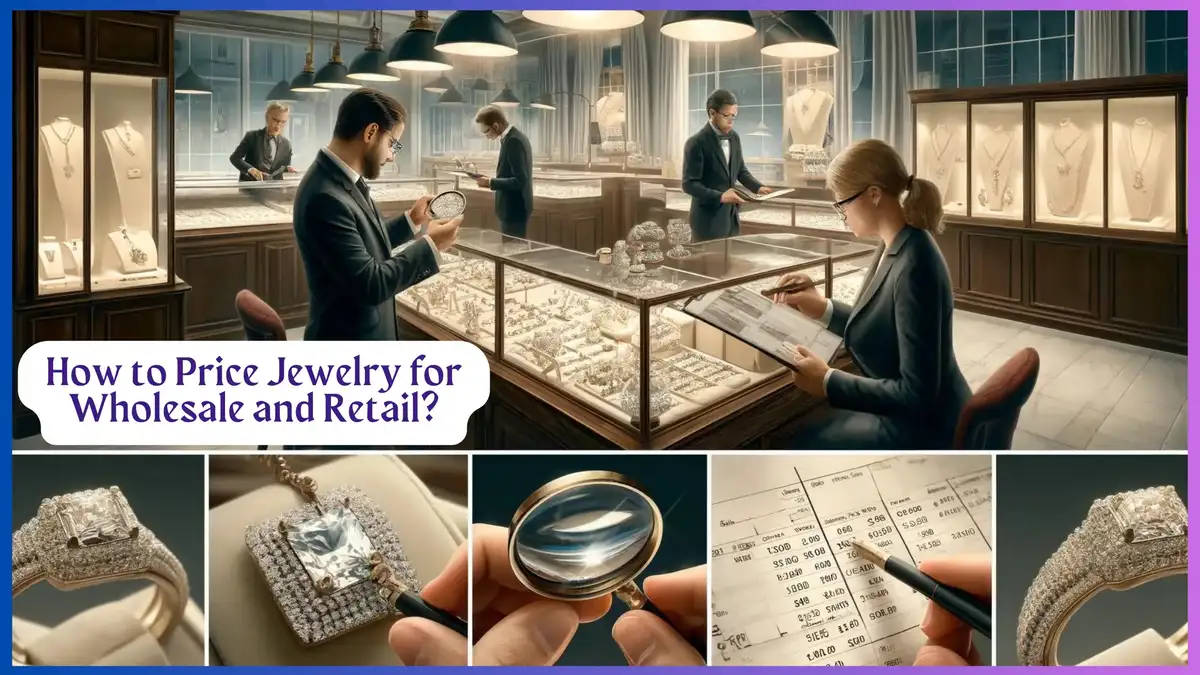
How to Price Jewelry for Wholesale and Retail?
Pricing jewelry can be tricky. It’s essential for your business. You must balance costs, profits, and market value. This guide will help you.
30 Steps to Price Jewelry for Wholesale and Retail
You can follow several steps to price jewelry for wholesale and retail. These are, as mentioned below:
#1. Understanding Your Costs
First step is to know your costs. This includes materials. It also includes labor. You should not forget to overhead. These are things like rent and utilities. They add up quickly. You need to cover these costs. That's the first price of the jewelry.
#2. Calculating Material Costs
This is the second step. You need to calculate material costs carefully. Include every component. This means metals, stones, and clasps. Even small items like beads count. Track these costs regularly. Prices can change. Moreover, you should always stay updated.
READ MORE :: The Best Countries for Fine Jewelry Manufacturing
#3. Labor Costs Matter
Next, consider labor costs. This is the time spent making jewelry. Calculate your hourly rate. Be fair but realistic. Include all time spent, not just on creation. This includes designing and marketing.
#4. Adding Overhead Costs
Overhead costs are crucial. These are fixed expenses. They include rent, utilities, and insurance. Therefore, you should allocate a portion to each piece. This ensures you cover all expenses.
#5. Profit Margin Basics
Now, you should determine your profit margin. This is your markup. It should be reasonable. Too high and you lose customers. You should keep in mind that too low and you lose profit. Always try to find a balance.
#6. Setting Wholesale Prices
Wholesale pricing is lower. It’s for bulk buyers. They expect discounts. Calculate your costs first. Add a reasonable markup. This should cover your expenses. Ensure it’s still attractive to wholesalers.
#7. Retail Pricing Strategy
Retail prices are higher. Customers pay for exclusivity. They also pay for convenience. Calculate your wholesale price. Add a retail markup. This can be 2-3 times the wholesale price.
#8. Market Research
You need to research your market if you want to price your jewelry. Market research will help you know your competitors. Study their pricing. This helps you stay competitive. Adjust your prices accordingly. Don’t price too high or too low.
#9. Value Perception
Next, you need to consider value perception. This is how customers see your jewelry. Higher prices can suggest higher quality. Lower prices might suggest lower quality. Find the right balance.
#10. Testing Prices
Before you set your price, you need to test prices. You can start with a trial period. Following this, you should adjust based on sales and feedback. Find what works best. Be flexible and responsive.
#11. Pricing Different Collections
Different collections need different prices. High-end pieces should be priced higher. Everyday pieces can be lower. Understand your audience. Price accordingly.
#12. Seasonal Pricing
Now, after you have to price jewelry, you need to adjust it. You should adjust prices seasonally. Holiday seasons can allow higher prices. Slow seasons might need discounts. Plan ahead for these changes.
#13. Discounts and Promotions
Don't forget to offer discounts wisely. This can be too many and can devalue your brand. Use promotions strategically. This is a good way to attract new customers without hurting your profit.
#14. Monitoring Competitors
If you want to win big in the market, you should always monitor competitors. Their prices affect yours. Stay updated on their changes. React quickly to market shifts.
#15. Online vs. Physical Store Pricing
Prices can differ online and in-store. Online stores have lower overhead. This can mean lower prices. Physical stores offer a different experience. Adjust prices based on the selling platform.
#16. International Pricing
In addition to this local market and wholesale, you should also consider international markets. Exchange rates and shipping affect costs. Adjust prices for different regions. Ensure profitability in each market.
#17. Custom Orders
More often than not, businesses get custom orders. For this, you need to price custom orders carefully. These often require more work. Include additional labor costs. Customers are usually willing to pay more for custom pieces.
#18. Bulk Orders
If there are bulk orders, you should always offer some form of discount. This encourages larger purchases. It can also increase overall sales. Calculate carefully to maintain profit.
#19. Return on Investment
When you price your jewelry, you should also think about your return on investment (ROI). This is the profit you make from each piece. Ensure it’s worth your time and effort. Aim for a healthy ROI.
READ MORE :: Where to Buy Real Gold Jewelry In The Philippines?
#20. Transparency in Pricing
To be a successful business, you should be transparent with pricing. Customers appreciate honesty. Explain why your prices are what they are. This builds trust and loyalty.
#21. Adjusting Prices
You should not be afraid to adjust prices. You see, with time, the market always changes. Your costs may change too. Regularly review and adjust prices.
#22. Pricing for Different Markets
Different markets require different strategies. High-end markets can bear higher prices. Budget markets need lower prices. Understand your target market.
#23. Packaging Costs
Include packaging costs. This is part of the overall expense. Customers notice packaging. High-quality packaging can justify higher prices.
#24. Shipping Costs
Factor in shipping costs. This affects your overall price. Offer clear shipping options. Ensure customers know what they’re paying for.
#25. Pricing for Consignment
Consignment pricing is different. Stores take a cut. Set prices to cover this. Ensure you still make a profit.
#26. Keeping Records
Keep detailed records. Track all costs and sales. This helps in adjusting prices. It also helps in understanding profits and losses.
#27. Seeking Feedback
Seek feedback from customers. They can offer insights. Use this to refine your pricing strategy.
#28. Staying Informed
Stay informed about industry trends. Prices change. Costs change. Be proactive in adjusting your strategy.
#29. Professional Advice
It's a good idea to consider professional advice. Accountants or business consultants can help. They offer valuable insights. Use their expertise to refine your pricing.
#30. Long-Term Strategy
When you are starting a business, you should always think long-term. Your pricing strategy should evolve. Adjust as your business grows. Stay adaptable and forward-thinking.
Conclusion
Pricing jewelry for wholesale and retail requires careful planning. Understand your costs. Set reasonable profit margins. Stay competitive and flexible. Your pricing strategy can make or break your business. Keep it well-thought-out and dynamic.
How much should I mark up my jewelry to make a profit?
There's no one-size-fits-all answer, but a good starting point is to consider your costs (materials, labor, overhead) and add a markup that covers those costs and leaves you with a reasonable profit margin. This markup can vary depending on the type of jewelry (high-end vs. everyday pieces), your target market (luxury vs. budget-conscious), and the selling platform (online vs. physical store). However, a typical retail markup might be 2-3 times the wholesale price.
What factors should I consider when setting my wholesale price?
Wholesale pricing is lower than retail pricing to incentivize bulk purchases. Here's what to consider:
Your costs: This includes materials, labor, and overhead.
Profit margin: Aim for a reasonable profit after covering your costs.
Competitor pricing: Research what similar wholesalers charge and price competitively.
Attractiveness to buyers: The price should be appealing to wholesalers while still ensuring your profitability.
READ MORE :: Does Stainless Steel Jewelry Tarnish: A Detailed Guide
Recent Posts
Top 10 925 Sterling Silver Chain Manufacturer in USA
Top 10 Gold Chain Manufacturer in USA
Pros And Cons Of Gold Plated Jewellery
Top 10 Jewellery Brands In Delhi
Top 10 Sustainable Jewelry Manufacturers in India
10 Best Jewelry Stores in San Antonio, Texas
How to Get my Jewelry Designs Manufactured?
Related products
14K Yellow Gold pave Diamonds Band Ring Jewelry Bands Rings Manufacturer
925 Silver Natural Silver RH Band Ring Jewelry Bands Rings Manufacturer
14K Yellow Gold Malachite Engraved Ring Jewelry Manufacturer
14K Yellow Gold Men's Ring Jewelry Manufacturer
925 Silver Gold Plated Men's Ring Jewelry Manufacturer
Private Lable 14K Yellow Gold Plated Pave Diamond & Rose Cut Ddiamond Ring Jewelry
Wholesale 925 Silver Yellow Gold Moissanite Round Ring Jewelry
Wholesale 14K Gold Moissanite Diamond Round Ring Jewelry
14K Yellow Gold Turquoise Band Ring Jewelry Supplier
Wholesale 14K Yellow Gold Moissanite Turquoise Enamel Band Ring
14K yellow Gold Yellow Sapphire Ring Jewelry Supplier
14K Yellow Gold Diamond Black CZ Band Connector Ring
14K Yellow Gold Malachite Red White CZ Ring Custom Jewelry
14k Rose Gold Malachite And Lapiz Lazuli White CZ Ring Manufacturer
Private Label 14K Yellow Gold Moonstone CZ & Blue CZ Ring
Wholesale 9K Rose Gold Cubic Zircon Connected Ring Jewelry
Wholesale 925 Silver Yellow Gold Plated Cubic Zircon Connected Ring Jewelry
Private Label 925 Sterling Silver Yellow Gold Plated Moonstone CZ & Blue CZ Ring
Contact Us For Custom Jewelry
Please get in touch with us and share your ideas if you have personalized jewelry or are searching for a private label jewelry manufacturer. In accordance with your suggestions, we will make and present genuine jewelry.
Drop Us a Line
Scan QR Code
for immediate contact













